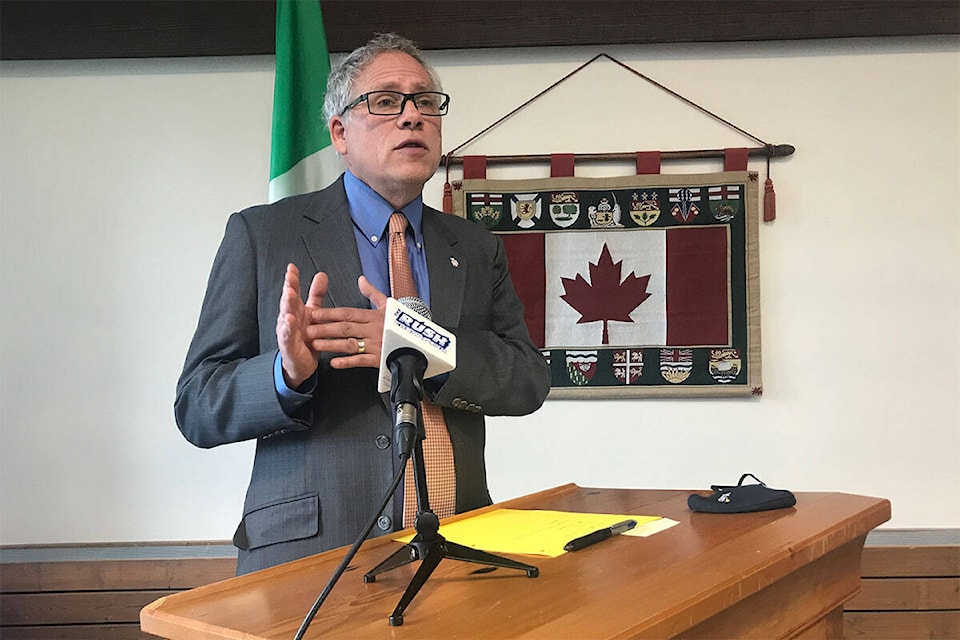The Yukon government is seeking the public’s opinion before it rewrites the territory’s gold rush-era mining laws.
“They’re more than a century old and they don’t reflect our modern reality,” said John Streicker, minister of Energy, Mines and Resources, at a press conference on Feb. 8.
The Yukon’s current Quartz Mining and Placer acts have been widely condemned as inappropriately outdated.
After several years of discussion and promise of reform — including a 2017 memorandum of understanding, a 2021 mineral strategy and the recently renewed confidence agreement between the Liberals and NDP — a steering committee will begin building the new legislation.
Streicker said Yukoners can expect “everything” about the current acts to change.
“It’s a rewrite, from top to bottom.”
There’s no set deadline to bring in the new legislation. This public consultation phase is the second of an eight-phase plan.
“If it takes seven, eight years … so be it,” Streicker said.
Over the next 90 days, the steering committee will travel to every Yukon community, with government and First Nations representatives at the discussion table. Yukoners will be asked to share their opinions on the whole life cycle of resource extraction: disposition (or staking), mine maintenance, licensing, security, reclamation, closure and abandonment as well as compliance, enforcement and royalties.
Detailed discussion papers are available at EngageYukon.ca to help Yukoners brush up on the potential approaches and challenges of each issue, as well as the legislations’ historical context.
The sheer age of the laws present challenges, according to a condensed summary provided to media.
The Quartz Mining Act and Placer Act both date back to the 1890s and haven’t been meaningfully updated since. For example, there’s still a free entry staking system, which means all Yukon land is available for staking as long as it isn’t park, municipal or select settlement lands.
There are also outdated royalty rates valuing gold at $15 per ounce and a maximum fine of $1,000 for skipping the royalty payment altogether, in addition to gold rush-era oddities, including a rule for transferring claims after the owner has died or been deemed insane.
On Feb. 8, Peter Johnston, the Council of Yukon First Nations Grand Chief, alluded to the clash between the antiquated free staking rules and First Nations self-governance, as well as its inadequate environmental rules.
“We don’t need to get into a history lesson to understand the negative impacts that we’ve felt here in the territory over this 125 years,” Johnston said.
The grand chief said that Yukon First Nations aren’t opposed to mining as a rule. Rather, he’s looking to find a sustainable compromise between mineral development and protecting traditional territories.
“At the end of the day, all we want to see is prosperity, we want to see success,” he said, noting the opportunity for First Nations to invest in and profit from resource development.
Johnston continued that better collaboration on the rules will contribute to a better future for everyone, calling consultation “the most important component of all of this.”
“Are we going to go backwards from here? I don’t think so,” he said.
“I mean, it would just be another court case, and we don’t need to be spending public money to fight the same fight.”
Contact Gabrielle Plonka at gabrielle.plonka@yukon-news.com
